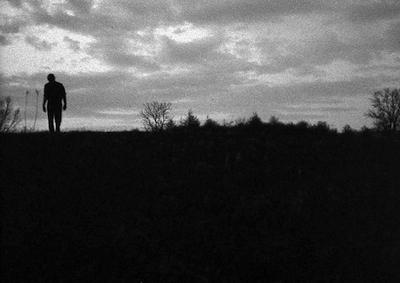The profound influence of Italian neorealism on the postwar cinemas of Europe, Latin America, Africa and Asia is standard film history. In a nutshell, Roberto Rossellini (Rome, Open City, 1945), Vittorio De Sica (Bicycle Thieves, 1948), Luchino Visconti (La terra trema, 1948) and others transformed Italy’s postwar deprivations into production virtues as they sought to directly represent the social reality of their time. Their use of nonprofessional actors, location shooting, and open-ended story and visual structures formed a new cinematic language that Millicent Marcus described as “una nuova poesia morale,” a new moral poetry.
Italian neorealism posed a rich alternative to Hollywood’s classical style and the films of Satyajit Ray, Ousmane Sembene, Nelson Pereira dos Santos, the French New Wave, the Czech New Wave, Third Cinema and countless other individual artists and national movements followed. Neorealism’s influence on American cinema has been equally significant but the exact definition and lineage of American neorealism, a term coined by Thom Andersen, have sparked heated debate. In 1966, an Italian critic, Antonio Napolitano reported from the States for an Italian film magazine that a new generation of “young American cineastes” had embraced neorealism to make “rough, imperfect but living films” in contrast to the “glossy, impeccable, banal” films of the “cinema moguls.” Among those neorealist-inspired works, Napolitano counted a number of films from the New York independent school including Sidney Meyers’ The Quiet One (1948), Morris Engel’s Little Fugitive (1953), John Cassavetes’ Shadows (1961) and Shirley Clarke’s The Cool World (1964). For others, neorealism took root in the U.S. in the fusion of film noir and progressive politics found in the postwar films of soon-to-be blacklisted directors such as Robert Rossen (Body and Soul, 1947), Abraham Polonsky (Force of Evil, 1948) and Jules Dassin (Thieves’ Highway, 1949).
The debate over the influence of Italian neorealism in American cinema burst into public view most prominently in 2009 during an exchange in print between New York Times film critic A.O. Scott and New Yorker editor Richard Brody. In an essay headlined “Neo-Neo Realism,” Scott described a resurgent “cinematic ethic” in the films of Kelly Reichardt, Ramin Bahrani and So Yong Kim, which, he argued, echoed earlier neorealist-inspired works such as Charles Burnett’s Killer of Sheep (1978) and Kent MacKenzie’s The Exiles (1966). Brody strongly disagreed with Scott’s critical assessments and his historiography.
Leaving aside exact definitions, however, it should be no surprise that many of the films most often cited in the debate—Shadows, The Exiles, Killer of Sheep and Barbara Loden’s Wanda (1971)—have been restored by UCLA Film & Television Archive. A Senior Film Preservationist at the Archive for 17 years until 2015, Ross Lipman had long been intrigued by the neorealist elements he saw in these and other American independent films. In collaboration with like-minded cineastes, such as Dennis Doros and Amy Heller at Milestone Film & Video, Lipman brought many of these works into the Archive’s collection for preservation and restoration, contributing to their rediscovery.
While the Archive has presented these titles in a variety of contexts over the years, we bring them together here, along with other films that help to define the territory, to put the question of American neorealism, again, before audiences. The resulting survey traces one line of Italian neorealism’s influence on American cinema over 40 years, from New York to Los Angeles and points in between. It is not meant to be comprehensive and the Archive intends to pursue other historical tributaries into the contemporary moment in a follow-up series scheduled for this summer. For now, we hope to further a conversation long underway, fuel more discoveries, and inspire more filmmaking.
Program curation and notes by Ross Lipman and Paul Malcolm.






 Mobile Navigation
Mobile Navigation











